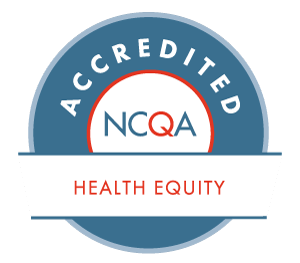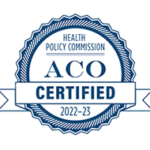By: Aditya Mahalingam-Dhingra
At C3, we work to unite Federally Qualified Health Centers (FQHCs) to help them leverage opportunities for Medicaid and Medicare contracting, health care practice transformation and innovation. By doing this work at scale, we can strengthen primary care, improve financial performance, and our FQHCs can reinvest those financial savings in their workforce and their communities – advancing racial justice and improving health equity.
Our company was founded on these ideals, when leaders from nine FQHCs in Massachusetts came together to create C3 as a primary care ACO, giving them a strong united voice and representation in the state’s redesigned Medicaid program. Through this FQHC-led ACO, we were able to contract directly with MassHealth, the Massachusetts state Medicaid agency, and take on a value-based payment approach. We now have 23 FQHCs and affiliated practices in our ACO, sharing in the financial risk while also sharing our experience and best practices. Our experience shows that this approach can be successful with value-based payment models supporting care delivery that maximizes impact on patient needs while reducing unnecessary care and associated costs. This approach is especially well-aligned with FQHCs’ mission and approach to delivering community-based culturally competent care.
However, across the country, FQHCs face many barriers that make entry into value-based payment contracts challenging. Fragmented Medicaid payment sources and fundamentally misaligned incentives are leaving FQHCs and other safety net providers out of value-based payment arrangements.
In a new Milbank Memorial Fund report, Supporting Federally Qualified Health Center Participation in Value-Based Payment to Improve Quality and Achieve Savings, we detail those barriers that result from state Medicaid agencies the Medicaid Managed Care Organizations (MCO) landscape. We share our C3 story and that of two other innovative ACOs in the report. We also outline several recommendations for VBP model design with the goal of assuring FQHCs have the upfront capital and appropriate reimbursement rates to be successful, and ultimately receive their shared savings that allows them to reinvest in serving their patients and their communities.
FQHCs are the primary care backbone for many communities across the country, and VBP arrangements can improve both the cost and quality of care delivered to those patients. However, the current payment structure heavily favors MCOs contracting with FQHCs which can present significant barriers to VBP adoption. These structural barriers have deep roots and will require intentional and proactive policy changes to be adequately addressed. I encourage you to read the full report on how FQHCs can be better supported in pursuing increased use of VBP arrangements.





